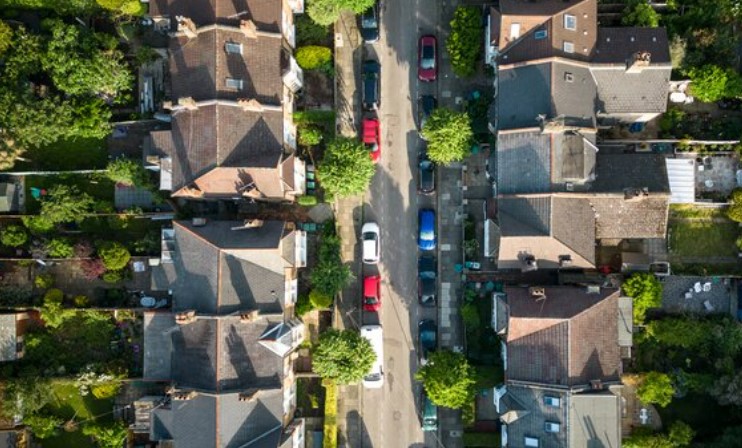The rate of mortgage defaults has increased at the quickest rate since 2009, as lenders warn of plans to restrict the availability of agreements.
As a result of high interest rates, the number of householders missing mortgage payments has increased, according to data from the Bank of England.
The Bank reported that banks have reduced mortgage lending to households for the second consecutive quarter, with additional cuts anticipated before the end of the year.
In the period between July and September, banks reporting an increase in failed payments outnumbered those reporting a decline in defaults by a margin of 43.3%, up from 30.9%.
It has not been this high since the global financial crisis.
Lenders have warned that default rates will continue to rise over the next three months.
As fixed-rate mortgages expire and homeowners are forced to refinance at higher interest rates, the numbers reveal that homeowners are increasingly unable to make their mortgage payments.
A growing number of institutions are reporting mortgage payment default-related losses.
While existing homeowners struggled, demand for new mortgages fell sharply from June to September due to the impact of rising mortgage rates on buyers’ ability to finance.
The net balance of lenders reporting a decline in demand for secured loans to households plummeted to -54.9pc, a dramatic reversal from the previous quarter’s positive reading of 52.7pc.
In the next three months, demand will continue to decline, according to lenders.
In the spring, mortgage rates declined, but surged in the summer due to concerns that the Bank of England might take additional steps to combat inflation.
According to Moneyfacts, the average rate on a two-year fixed mortgage increased from 5.33 percent to 6.86 percent between the end of May and the end of July.
Since then, rates have decreased to 6.38 percent, but this is still more than double the 2.38 percent buyers could secure on a two-year fixed rate two years ago. The discrepancy amounts to an additional £450 per month for a typical £200,000 loan.
Ashley Webb, economist for Capital Economics in the United Kingdom, stated, “Our prediction that mortgage rates will remain above 5% until late 2024 suggests that the weakness in bank lending will weigh more heavily on real activity in the coming quarters.”





